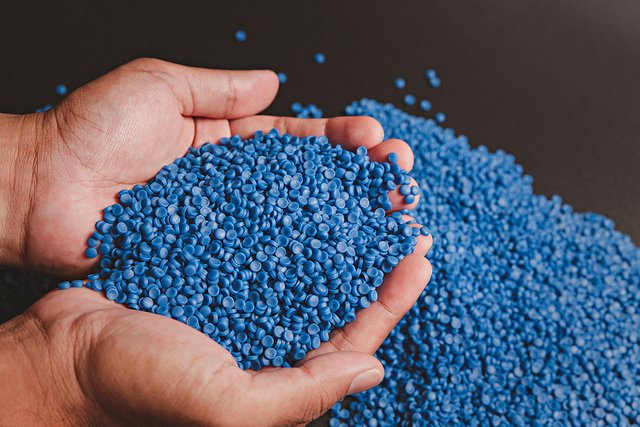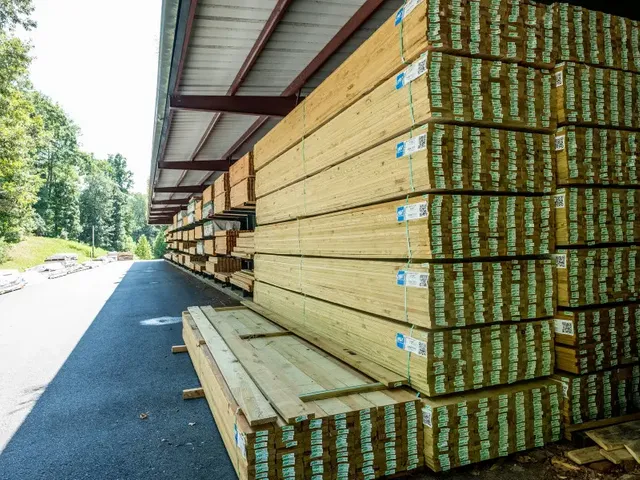THE FOLY MODERN BUILDING MATERIALS
The industrial revelation was a turning point in architectural systems all around the world. Previously scarce building materials which were desired for their performance began to be mass produced widely at a price that out performed anything before it. The impact on the built environment meant that high performing homes buildings, relative to the time, were attainable. This was an amazing time, but was not without its draw backs.

The presence of man made polymers, specifically hydrocarbon based ones, dramatically improved the building performance of our built world. These materials outperform natural ones and in almost all metrics laps them. This is because they can be specific engineering and manufactured to tackle individual problems and excel at them.
One draw back of these materials however, is their longevity. Craftsmanship and quality building materials are a fleeting thing in fast paced capitalistic world where there are profit incentives to tear down and rebuild bigger, "better," and faster. The consequences of this is that we have a world of buildings that have a lifespan no longer measured in centuries, but decades.
Not only do rubber and plastic based materials usually fair worse in the long run, but are prone to off gassing and releasing harmful chemicals.
You may be familiar with the iconic, "green wood" in most new housing. This wood is only green by name and not only is harmful for the environment after the building is demolished, but from its very creation. This wood is prone to off gassing and contains copper, chromium and even arsenic. This is one example of a material that is destructive to its occupants and world.

Plastics and rubbers are fantastic water and moisture barriers but are often installed in manners that make it expensive to replace. These materials break down over time.
It is worth mentioning that natural materials break down as well, but with proper construction and maintenance, these construction materials can last for hundreds or even thousands of years. This is because they are naturally very stable, compared to rubbers and plastics which even with proper care, last usually in the range of 50 to 70 years.
With the construction industry producing nearly 37% of greenhouse gas emissions world wide, it is critical to identify and cut out wasteful practices. This includes designing buildings that on paper perform well with lower energy consumption, but will need to be replaced in half a century. The greatest impact a building will ever have on the environment is when it is built in the first place. Designing with the future in mind is not just a way of securing a long lasting investment, but a healthier future for yourself and others.

Thanks for reading!